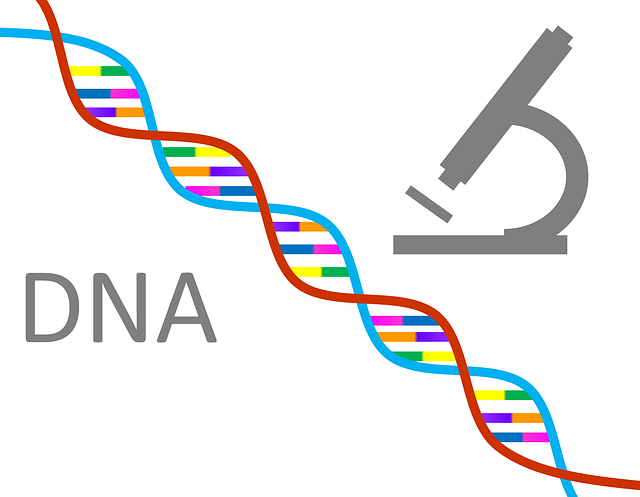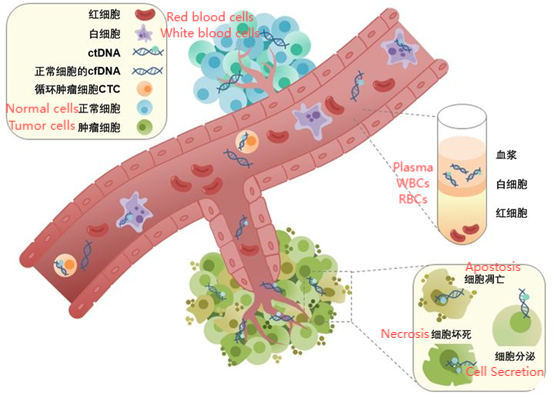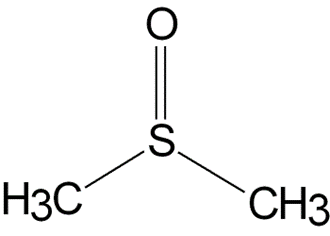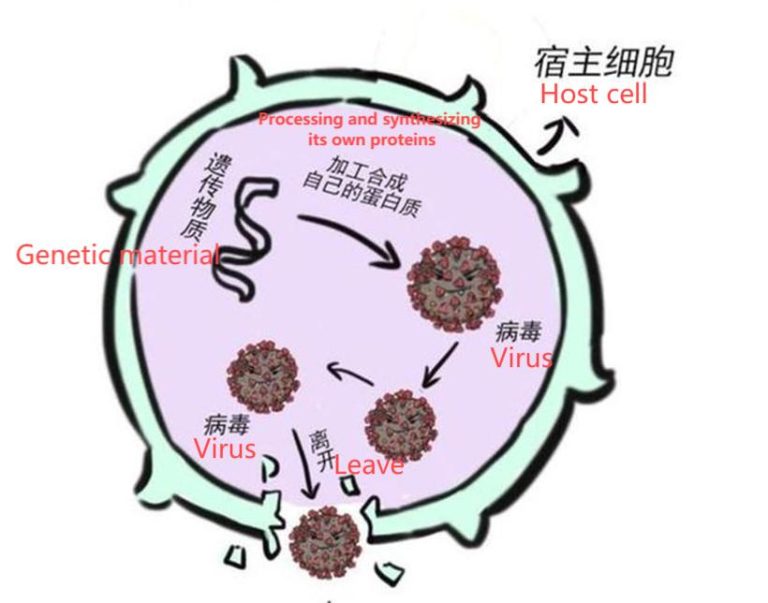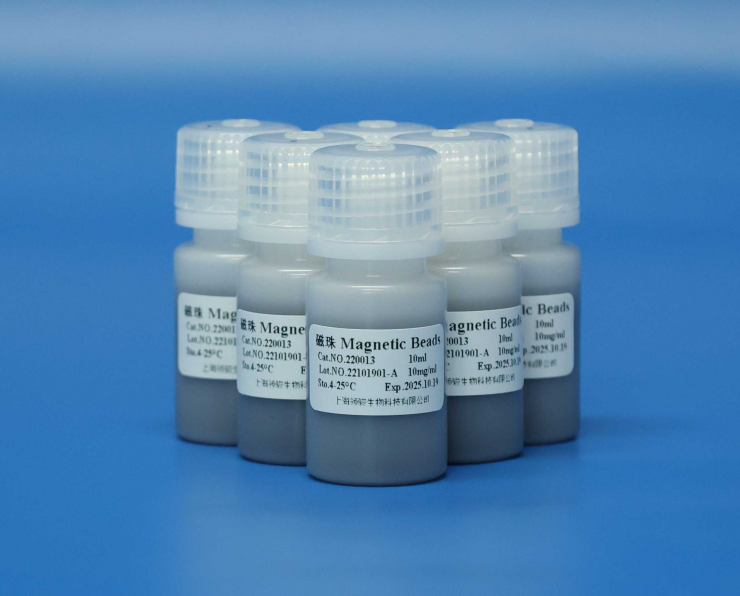Professional Manufacturer of Biomagnetic Beads
1. What is the polydispersity index?
The particle size and particle size distribution of magnetic beads are some of the key factors affecting the performance of magnetic beads. For micro-nano magnetic beads, the dynamic light scattering method is often used to test the particle size distribution diagram to obtain the particle size and its distribution. The particle size is generally divided into a single particle size representing the size of a single particle and an average particle size representing a particle group composed of particles of different sizes. Since the shape of actual particles is usually non-spherical, it is difficult to express their size with diameter directly. Therefore, in the field of particle size testing, for non-spherical particles, the particle size is usually characterized by an equivalent particle size (generally referred to as particle size). Equivalent particle size means that when the physical properties or physical behavior of a particle is closest to a homogeneous sphere (or combination) of a certain diameter, the diameter (or combination) of the sphere is used as the equivalent particle size (or particle size distribution) of the measured particle. In addition to the particle size distribution graph, the particle size distribution can also be expressed by the polydispersity index (PDI or PI). The polydispersity index is a parameter that describes the width of the particle size distribution, reflects the uniformity of the particle size, and is an important indicator for particle size characterization. The smaller the polydispersity index value, the more uniform the particle size distribution. The calculation method is as follows:
PI=SD/d (SD is the standard deviation of the particle size, d is the average particle size), and its value is usually measured by a laser diffraction particle size analyzer.
2. The significance of polydispersity index PI to magnetic beads
The polydispersity index is expressed in many aspects. In the particle size determination report, the meaning of this item is whether the range of particle size distribution is concentrated or not. PI is a dimensionless value reflecting the width of particle size distribution, ranging from 0 to 1. The smaller the value, the more concentrated the particle size distribution, the more uniform the particle size, and the narrower the peak shown in the distribution graph, which is beneficial for magnetic beads. If the value is close to 1, it means that the particle size distribution is too wide (the peak shown in the distribution graph is very wide).
Although the average particle size of some magnetic beads meets the requirements, the particle size distribution is too wide, indicating that there are some large particles and the particle size could be more balanced, which also affects the application effect of magnetic beads.
Except for monodisperse standard substances, few samples have PI<0.05. PI>0.7 indicates that the sample particle size distribution is very wide and may not be suitable for dynamic light scattering technology.
Distribution coefficient < 0.05: monodisperse system.
Distribution coefficient < 0.08: nearly monodisperse system.
Distribution coefficient 0.08 – 0.7: system with moderate dispersion.
Distribution coefficient > 0.7: A system with a very broad size distribution that is probably not suitable for analysis by light scattering methods.
3. Polydispersity index of Shanghai Lingjun silicon-based magnetic beads
Shanghai Lingjun silicon-based magnetic beads have good suspension performance, good resuspensibility, and strong magnetism, and, more importantly, their polydispersity index PI value is equal to 0.01. The particle size distribution is very narrow, indicating that the particle size is uniform. The distribution is very concentrated, which also makes this type of silicon-based magnetic beads have good applications. According to the different particle sizes, they can be used for:
- Extraction of free DNA/RNA or viral nucleic acid in serum and plasma samples can also be used to separate and purify high-quality genomic DNA from a variety of bacteria and fungi.
- Suitable for trace, small fragment DNA/RNA or PCR product purification experiments.
- Suitable for sequencing product purification or magnetic bead amplification experiments.
Figures 1-3 show the particle size distribution curve test results of our company’s 220011, 220012 and 220015, three silicon-based magnetic beads. It can be seen from the figure that the particle size distribution curve is single-peaked and very narrow, and the PI value is 0.01, which is monodisperse. Figure 3 shows the test results of different batches of 220015 silicon-based magnetic beads. It can be seen from the results that the particle size and distribution of the magnetic beads vary little between batches, and the production of the magnetic beads is stable.
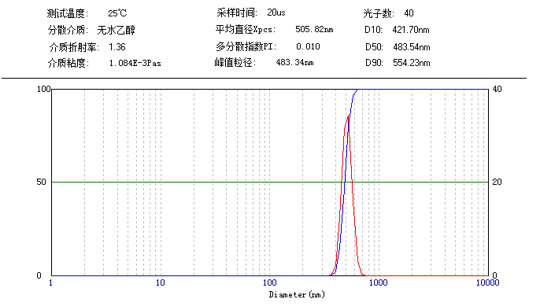
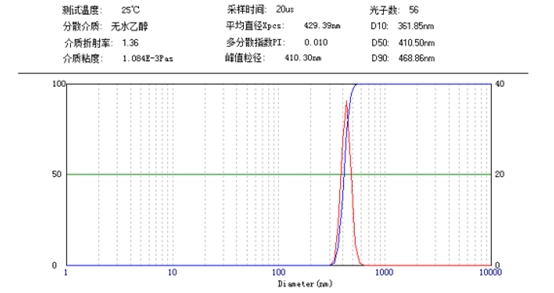
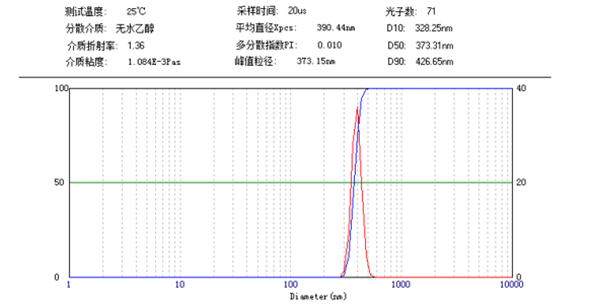
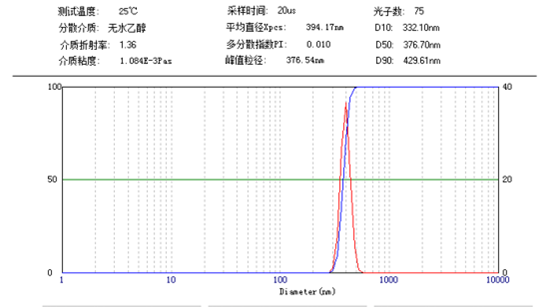
Supplier Introduction

Shanghai Lingjun Biotechnology Co., Ltd. was established in 2016 which is a professional manufacturer of biomagnetic materials and nucleic acid extraction reagents.
We have rich experience in nucleic acid extraction and purification, protein purification, cell separation, chemiluminescence and other technical fields.
Our products are widely used in many fields, such as medical testing, genetic testing, university research, genetic breeding, and so on. We not only provide products but also can undertake OEM, ODM, and other needs. If you have related needs, please feel free to contact us at sales01@lingjunbio.com.



